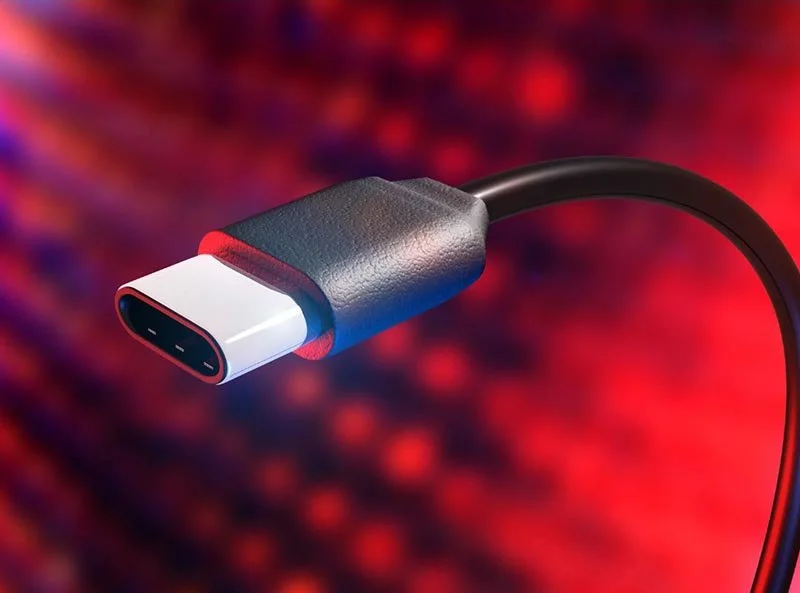Why USB-C Is Replacing All Your Other Cables
You’ve probably heard people talk about USB-C. Maybe it comes up while charging your phone, plugging in your laptop, or connecting a device to your monitor.
But what actually is USB-C, and why does everyone seem to be switching to it? Let’s break it down in simple, real-world terms.
At its core, USB-C is just a newer type of port that we use to connect our devices. It’s part of the larger USB family, which stands for Universal Serial Bus. Now, you don’t really need to memorize that - it basically means it’s a standard way for devices like computers, phones, and tablets to talk to each other, share information, and stay charged.
What makes USB-C stand out from the older USB connections you may be used to is really its design and flexibility. First off, it’s smaller. Unlike those older chunky rectangular plugs, USB-C is a small, oval-shaped connector. But here’s what people love most about it - you can plug it in either way. No more flipping the connector three times trying to figure out which side is up. It works whichever way you insert it, which is one of those little things that makes a big difference.
Now beyond just being easier to plug in, USB-C is far more capable than the older versions. This one single cable can handle a lot. For one, it charges devices - and not just phones or tablets, but even full-size laptops. And it charges them much faster than the old chargers did. So, you’re spending less time waiting for your battery to fill up.
It also transfers data. So, whether you’re moving files, photos, or videos between devices, USB-C can do it quickly. And for businesses moving large amounts of data, that extra speed can make a big difference.
But it doesn’t stop there. USB-C can also connect your devices to external displays. You can use it to hook up your laptop to a monitor or a TV without needing extra cables or adapters. And on top of that, it supports all kinds of accessories like external hard drives, keyboards, or docking stations. Essentially, one type of cable is replacing many of the older ones.
Now you might be wondering: why is USB-C becoming the new standard? The short answer is that it’s faster, more convenient, and a whole lot more powerful. It simplifies everything by reducing the number of different cables you need to keep around. For both businesses and consumers, that’s a win.
That said, not every USB-C cable is built the same. Even though they all look alike, some are designed only for charging. Others support both charging and fast data transfer, and some can even handle video connections. So, when you’re buying a USB-C cable, it’s worth checking what it’s actually rated for, depending on how you plan to use it.
At the end of the day, USB-C is changing how we connect and power our devices. It’s smaller, faster, and far more versatile than what we’ve used in the past. Whether you’re charging your phone, backing up your data, or running a presentation on a larger screen, USB-C makes all of it simpler.
And as technology keeps moving forward, you’re going to see USB-C show up in more and more devices. So, next time you spot that small, reversible plug, you’ll know exactly why it’s become such a big deal.
Still have questions or need assistance? Schedule a call with us or visit our Learning Center for more information. We're here to help!

